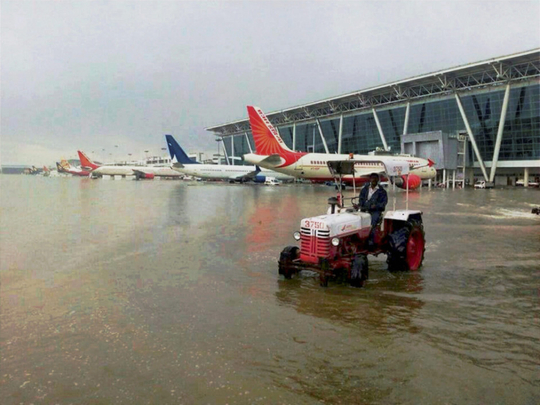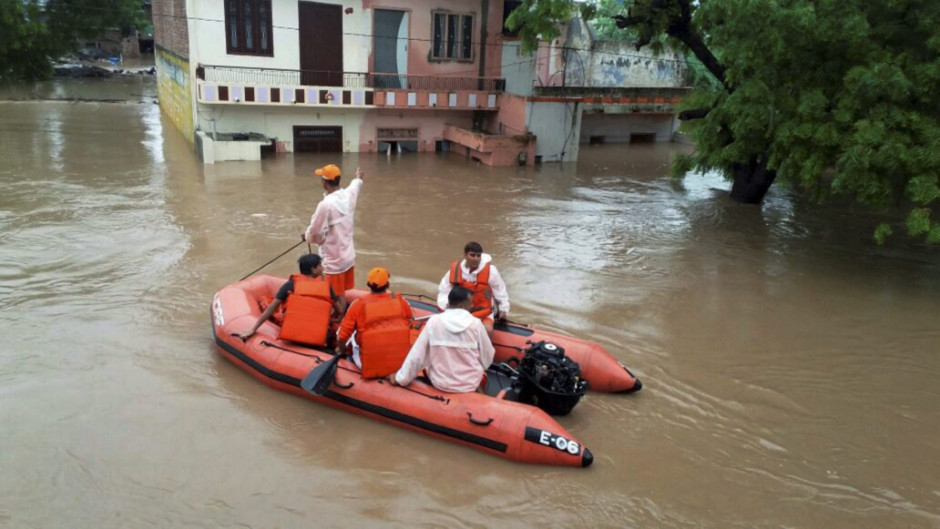
Climate change and rapid urbanisation are impacting lives of people in many ways in India. Widespread water scarcity is one big problem almost every state is facing. It has hit not just the farm sector but also cities where water bodies have shrunk or disappeared and ground water levels are depleting fast due to excess usage, erratic monsoon and reduced recharge of rain water.
For example, Uttar Pradesh, India’s most populous state of 204 million people is facing rapid depletion of ground water.
For the last two years, water levels have gone down by tens of meters, triggering a crisis during the peak of summer. During monsoon, rainwater after every downpour simply vanishes into open drains and hardly any water gets into the soil due to urbanization.
This summer, two bore-wells in our ancestral house in Barabanki city near Lucknow went dry as water level dipped below 50 feet. We had no option but to go deeper, a job involving non-stop manual digging for 48 hours until you hit a large reservoir deep below.
A gang of 15 youngsters rotated winch pipes in clock-wise direction for four days without any break and dug deeper and deeper.
On the fourth day, I heard their cheers and saw a thick flow of clean water mixed with rock sand, an indicator of a stable, large water reservoir.
“We have hit 250 feet,” Ganesh, a gang member told me.
The team then began the delicate task of installing a heavy-duty submersible pump at 70 feet. They finished in five days and moved onto other jobs in the neighbourhood. Ganesh and his team have a busy schedule.
This new well may sustain us only for a few years and the underground reservoir’s life can be extended only by installing a rainwater recharge system, an investment I am planning for next summer.













